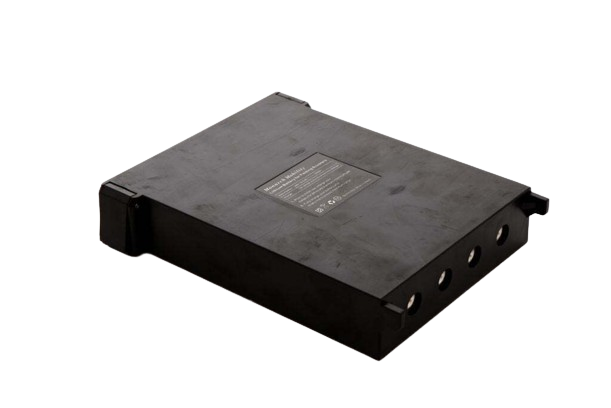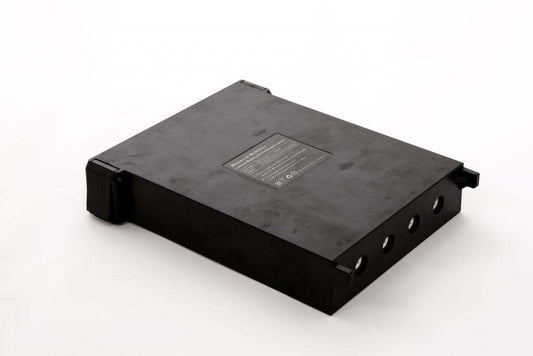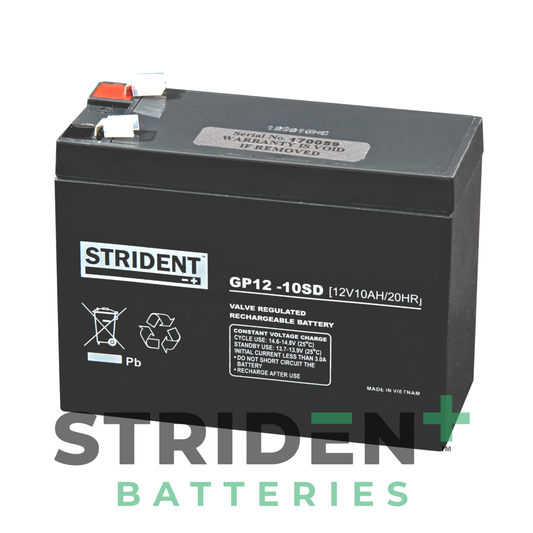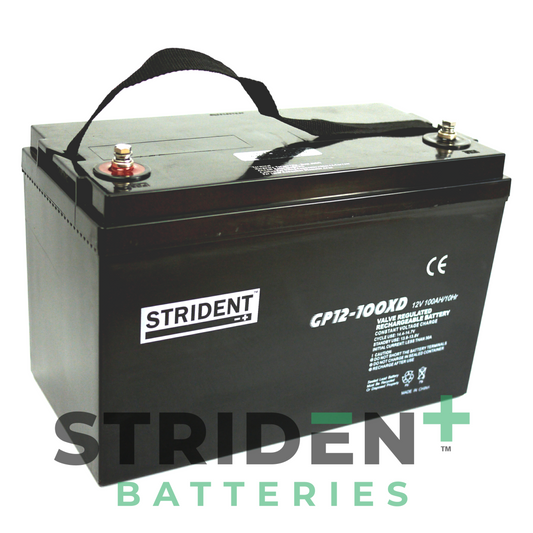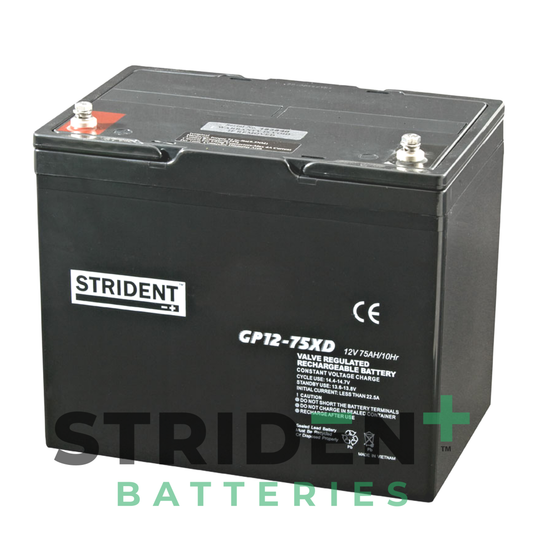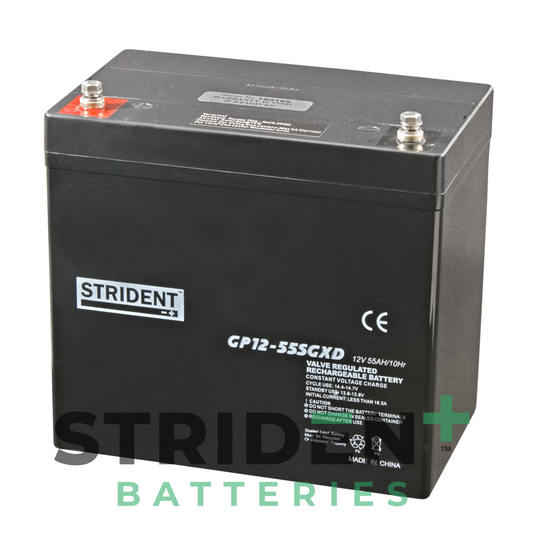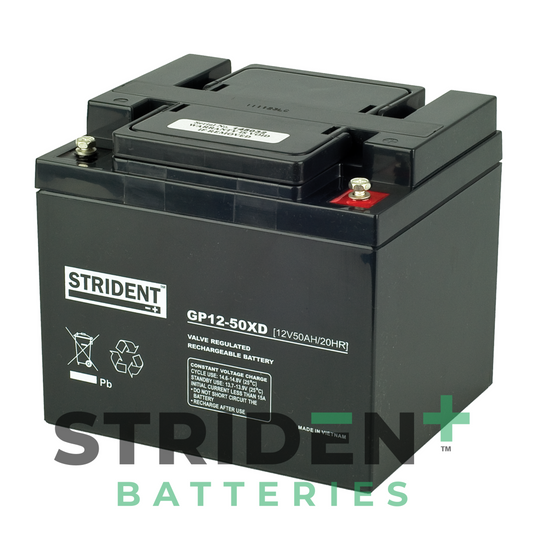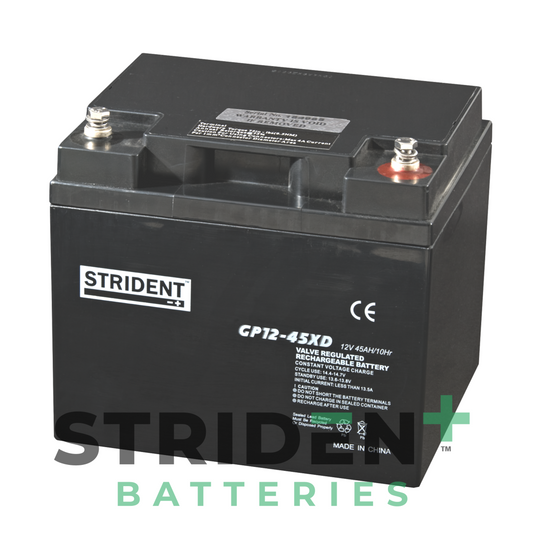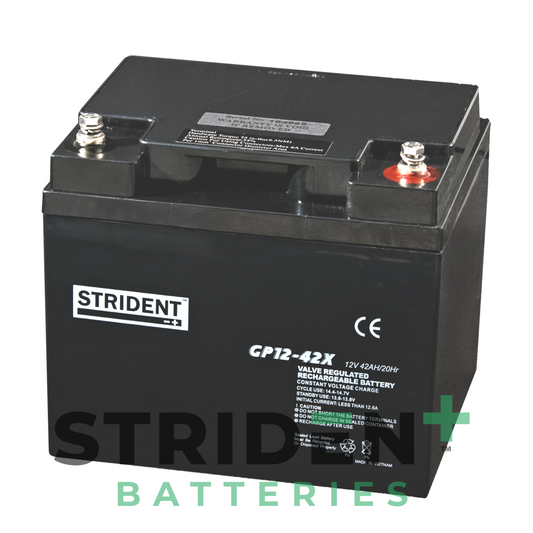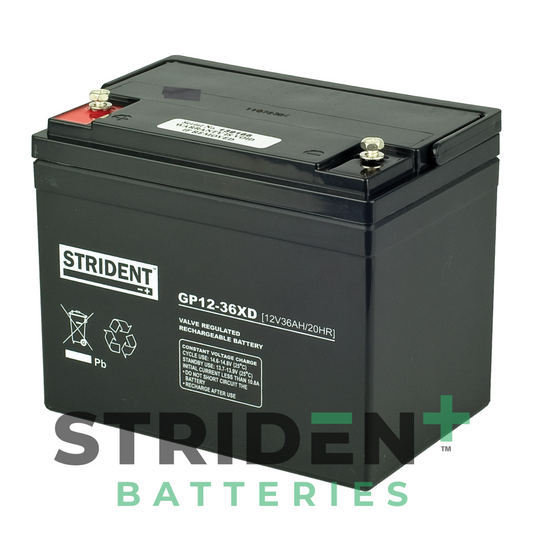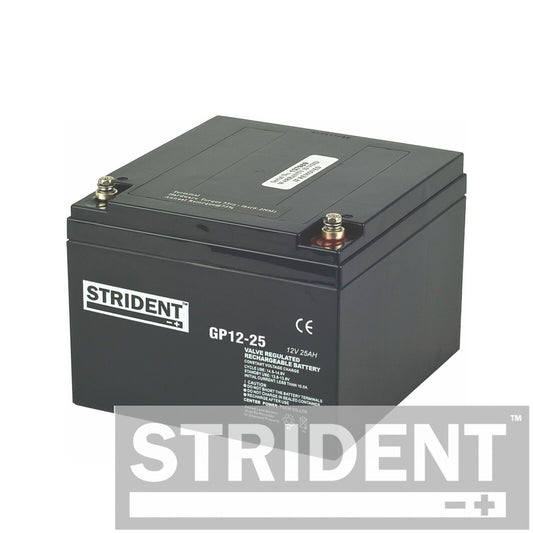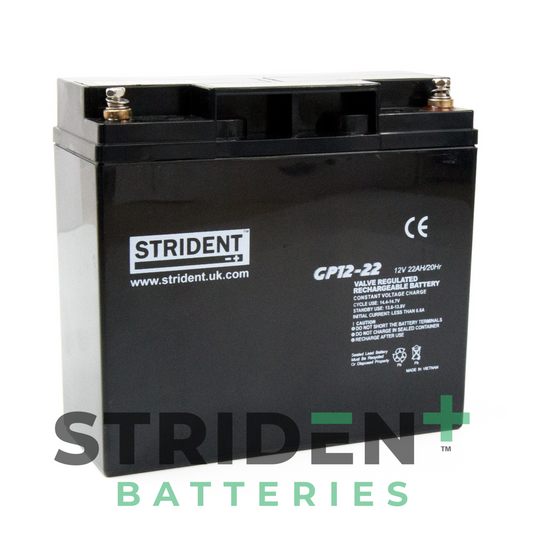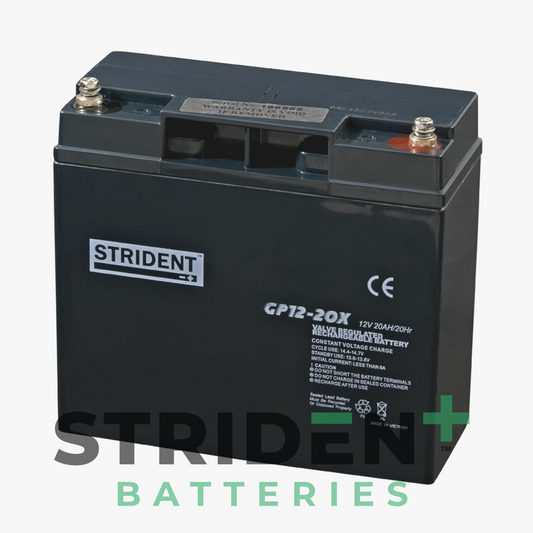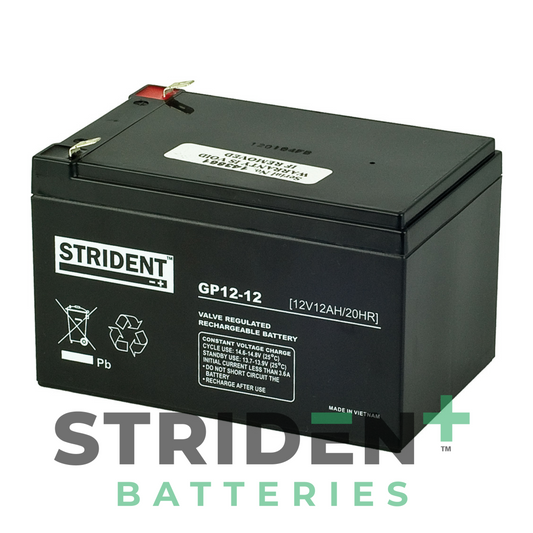
Free & Fast Delivery
Next Day Delivery

Top Rated By Customers

Customer reviews

Free Demonstrations
Book a Free Appointment
-
Solax Lithium Battery For Smarti, Mobie, Mobie Plus, Genie, Genie Plus and Flex Mobility Scooter Models
Regular priceinc VAT £442.80
 With VAT Relief:£369.00 GBPRegular priceUnit price per
With VAT Relief:£369.00 GBPRegular priceUnit price per -
2 x Strident™ AGM GP12V 10AH - Mobility Scooter / Wheelchair / Powerchair 12V Batteries (Pair)
Regular priceinc VAT £89.40
 With VAT Relief:£74.50 GBPRegular priceUnit price per
With VAT Relief:£74.50 GBPRegular priceUnit price per -
2 x Strident™ AGM GP12V 100AH - Mobility Scooter / Wheelchair / Powerchair 12V Batteries (Pair)
Regular priceinc VAT £598.80
 With VAT Relief:£499.00 GBPRegular priceUnit price per
With VAT Relief:£499.00 GBPRegular priceUnit price per -
2 x Strident™ AGM GP12V 75AH - Mobility Scooter / Wheelchair / Powerchair 12V Batteries (Pair)
Regular priceinc VAT £399.00
 With VAT Relief:£332.50 GBPRegular priceUnit price per
With VAT Relief:£332.50 GBPRegular priceUnit price per -
2 x Strident™ AGM GP12V 55AH - Mobility Scooter / Wheelchair / Powerchair 12V Batteries (Pair)
Regular priceinc VAT £328.80
 With VAT Relief:£274.00 GBPRegular priceUnit price per
With VAT Relief:£274.00 GBPRegular priceUnit price per -
2 x Strident™ AGM GP12V 50AH - Mobility Scooter / Wheelchair / Powerchair 12V Batteries (Pair)
Regular priceinc VAT £298.80
 With VAT Relief:£249.00 GBPRegular priceUnit price per
With VAT Relief:£249.00 GBPRegular priceUnit price per -
2 x Strident™ AGM GP12V 45AH - Mobility Scooter / Wheelchair / Powerchair 12V Batteries (Pair)
Regular priceinc VAT £279.00
 With VAT Relief:£232.50 GBPRegular priceUnit price per
With VAT Relief:£232.50 GBPRegular priceUnit price per -
2 x Strident™ AGM GP12V 42AH - Mobility Scooter / Wheelchair / Powerchair 12V Batteries (Pair)
Regular priceinc VAT £269.04
 With VAT Relief:£224.20 GBPRegular priceUnit price per
With VAT Relief:£224.20 GBPRegular priceUnit price per -
2 x Strident™ AGM GP12V 36AH - Mobility Scooter / Wheelchair / Powerchair 12V Batteries (Pair)
Regular priceinc VAT £228.96
 With VAT Relief:£190.80 GBPRegular priceUnit price per
With VAT Relief:£190.80 GBPRegular priceUnit price per -
2 x Strident™ AGM GP12V 25AH - Mobility Scooter / Wheelchair / Powerchair 12V Batteries (Pair)
Regular priceinc VAT £168.96
 With VAT Relief:£140.80 GBPRegular priceUnit price per
With VAT Relief:£140.80 GBPRegular priceUnit price per -
2 x Strident™ AGM GP12V 22AH - Mobility Scooter / Wheelchair / Powerchair 12V Batteries (Pair)
Regular priceinc VAT £159.00
 With VAT Relief:£132.50 GBPRegular priceUnit price per
With VAT Relief:£132.50 GBPRegular priceUnit price per -
2 x Strident™ AGM GP12V 20AH - Mobility Scooter / Wheelchair / Powerchair 12V Batteries (Pair)
Regular priceinc VAT £149.40
 With VAT Relief:£124.50 GBPRegular priceUnit price per
With VAT Relief:£124.50 GBPRegular priceUnit price per -
2 x Strident™ AGM GP12V 12AH - Mobility Scooter / Wheelchair / Powerchair 12V Batteries (Pair)
Regular priceinc VAT £93.00
 With VAT Relief:£77.50 GBPRegular priceUnit price per
With VAT Relief:£77.50 GBPRegular priceUnit price per
High-Quality Batteries for Mobility Scooters
At Mobility Solutions Direct, we go the extra mile in offering reliable mobility scooter battery replacements guaranteed to keep you going wherever you’re going.
With lead-acid and lithium-ion batteries to choose from, all with varying amps per hour, you can be confident you’ll find the right battery today.
Lithium-ion Batteries
The Solax mobility scooter battery is 24 Volt / 10 Amp Power, designed to travel 13 miles on a single charge. They’re airline-approved and weigh just 4lbs, making them the perfect battery to take with you on holiday. They need a full night’s rest to fully recharge them (around 8-10 hours), so we recommend plugging them in to charge the night before. They’re compatible with a wide range of scooters including Monarch Smarti, Mobie Plus and more.
Please note, this requires a round terminal mobility scooter battery charger.
Deep Cycle Sealed Lead-acid Batteries (SLA)
Strident batteries are made using lead-acid - whilst this doesn’t last as long compared to lithium-ion, they are a great cost-effective solution. They’re rechargeable and combined with critical conductive properties for an all-round better performance. These have undergone rigorous stringent quality tests to ensure the highest quality possible.
Our strident battery range varies in amps per hour, with some our best sellers including:
- 12V 12Ah mobility scooter battery
- 12V 20Ah mobility scooter battery
- 12V 22Ah mobility scooter battery
- 12V 36Ah mobility scooter battery
- 12V 50Ah mobility scooter battery
- 12V 75Ah mobility scooter battery
- And more
Which mobility scooter battery do I need?
There are two types of mobility scooter batteries; lithium-ion and lead-acid. Lithium-ion batteries have a longer lifespan and are generally considered to be better than lead-acid batteries, however, they cost more. Lead-acid batteries are still effective, but they do weigh more and will not last as long.
Understanding Voltage
Mobility scooters typically require 24V batteries to operate, either in the form of one battery, or two 12V batteries wires together.
Understanding Amps per hour
The required amps per hour will depend on the type of scooter you have. As a general rule of thumb, these are the recommended amps per hour:
- 12Ah - 35Ah: Typically used on travel scooters for short trips
- 35Ah - 50Ah: Typically used on everyday-use mobility scooters
- 50Ah+ : Typically used on heavy-duty mobility scooters designed for outdoor use and longer trips
Buy Mobility Scooter Batteries at Low Prices Today!
At Mobility Solutions Direct, we go above and beyond to offer customers the best range of reliable batteries at affordable prices that won’t let you down.
With highly competitive prices across both lead-acid and lithium-ion batteries, alongside fast & free delivery, you can shop with full confidence today. Join hundreds of satisfied customers and order today!
